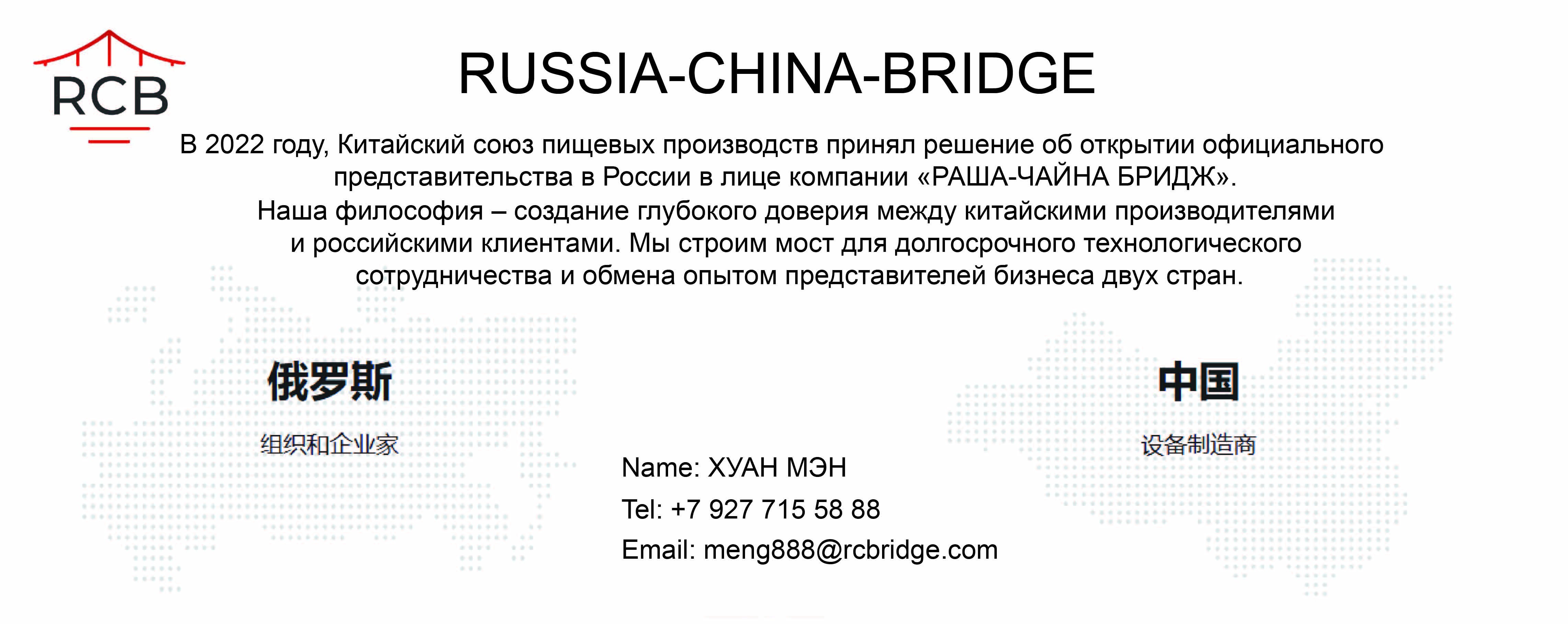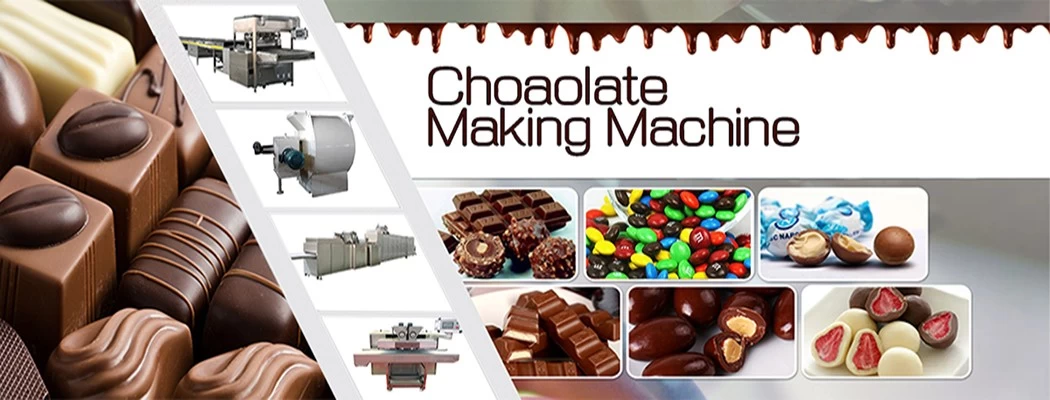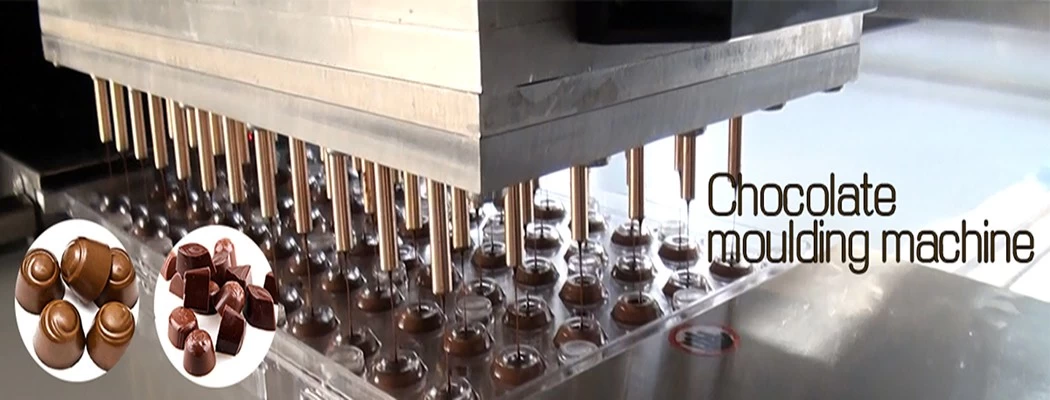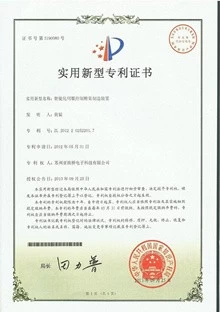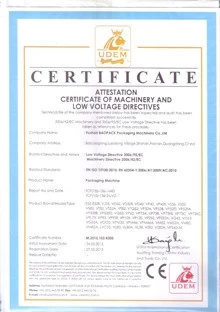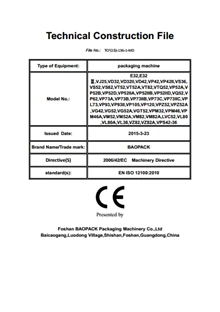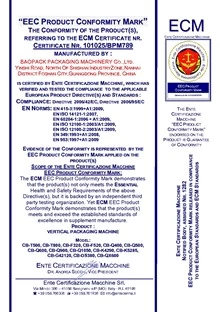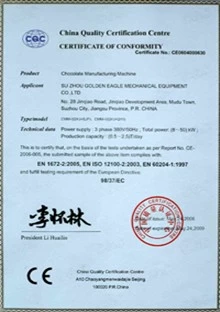The bmilk chocolate needs the chocolate machine
chocolate-machines.com
chocolate-machines.com
2017-04-21 12:11:23
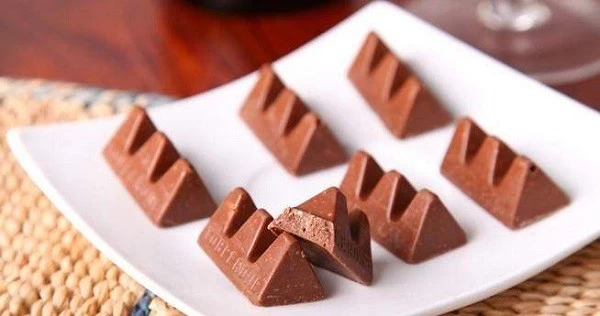
Milk chocolate is solid chocolate made with milk, in the form of milk powder, liquid milk, or condensed milk, added. In 1875, Swiss confectioner Daniel Peter, in cooperation with his neighbour Henri Nestlé in Vevey, developed the first solid milk chocolate using condensed milk. The bar was named "Gala Peter", combining the Greek word for "milk" and his name. A German company Jordan & Timaeus in Dresden, Saxony had already invented milk chocolate in 1839; hitherto it had only been available as a drink. The U.S. Government requires a 10% concentration of chocolate liquor. EU regulations specify a minimum of 25% cocoa solids. However, an agreement was reached in 2000 that allowed what by exception from these regulations is called "milk chocolate" in the UK, Ireland, and Malta, containing only 20% cocoa solids, to be traded as "family milk chocolate" elsewhere in the European Union.


